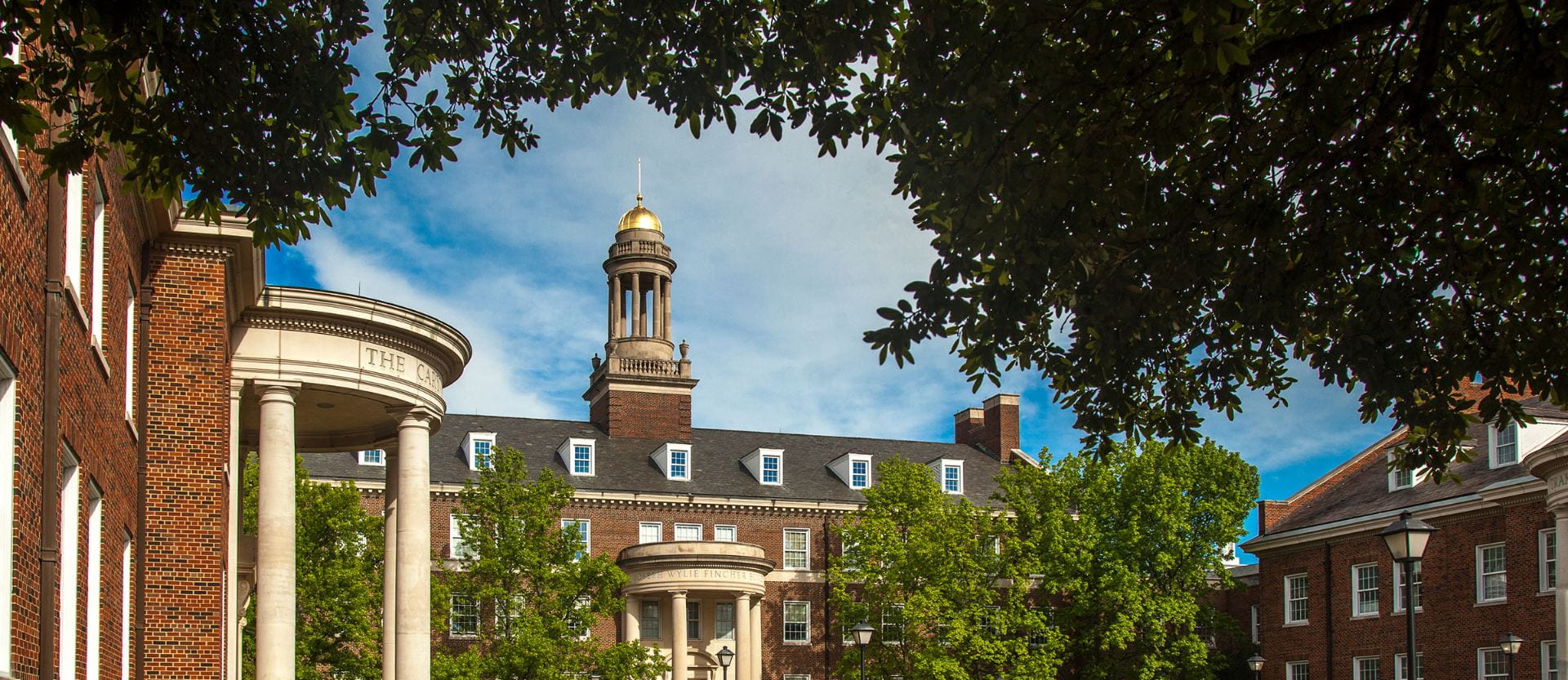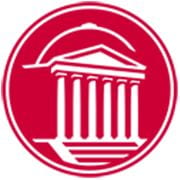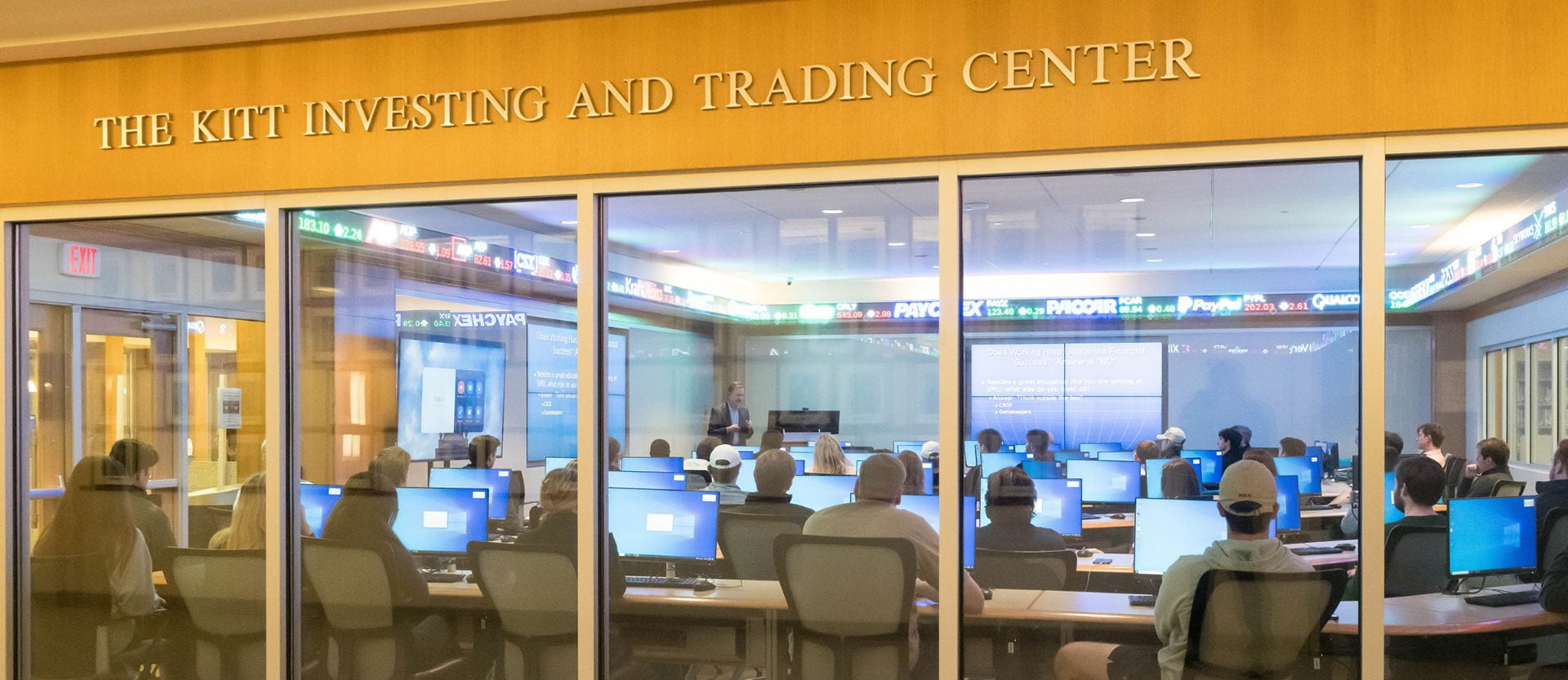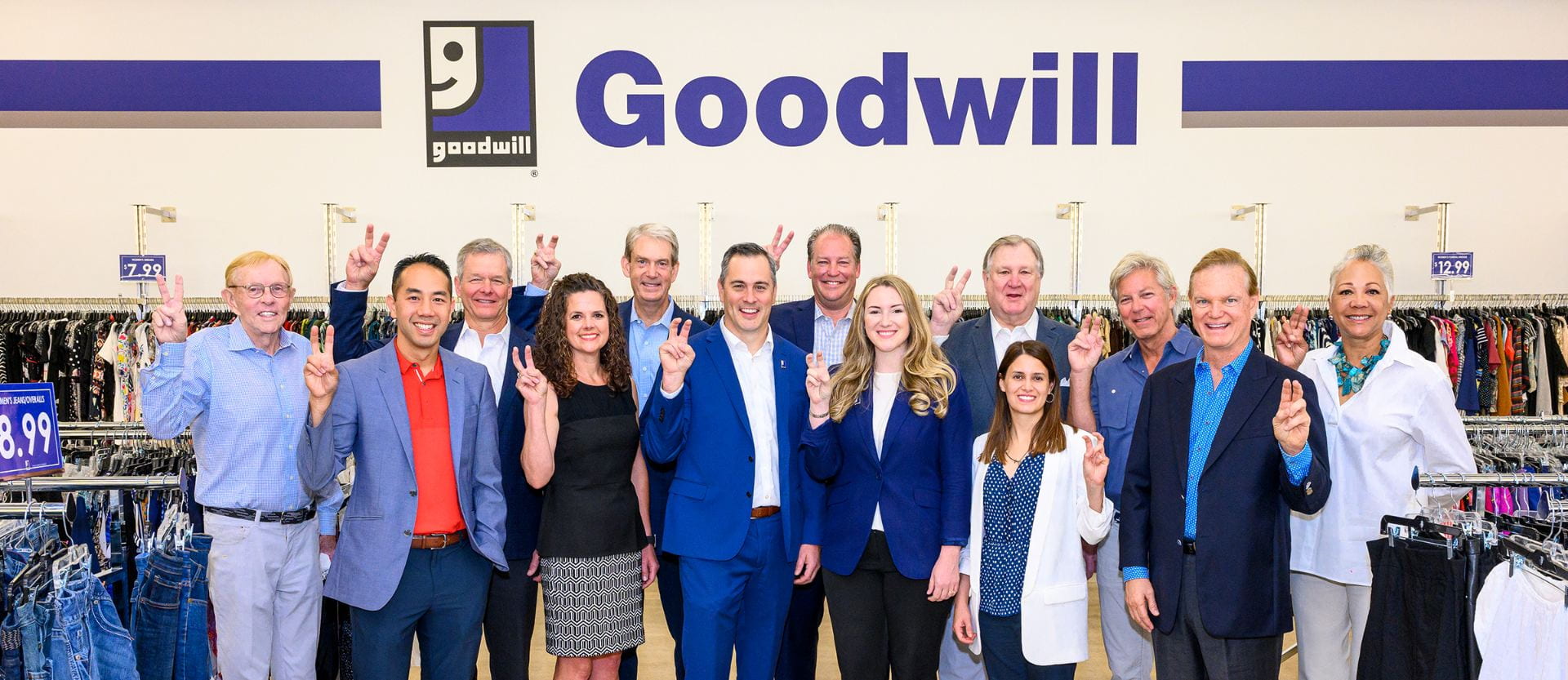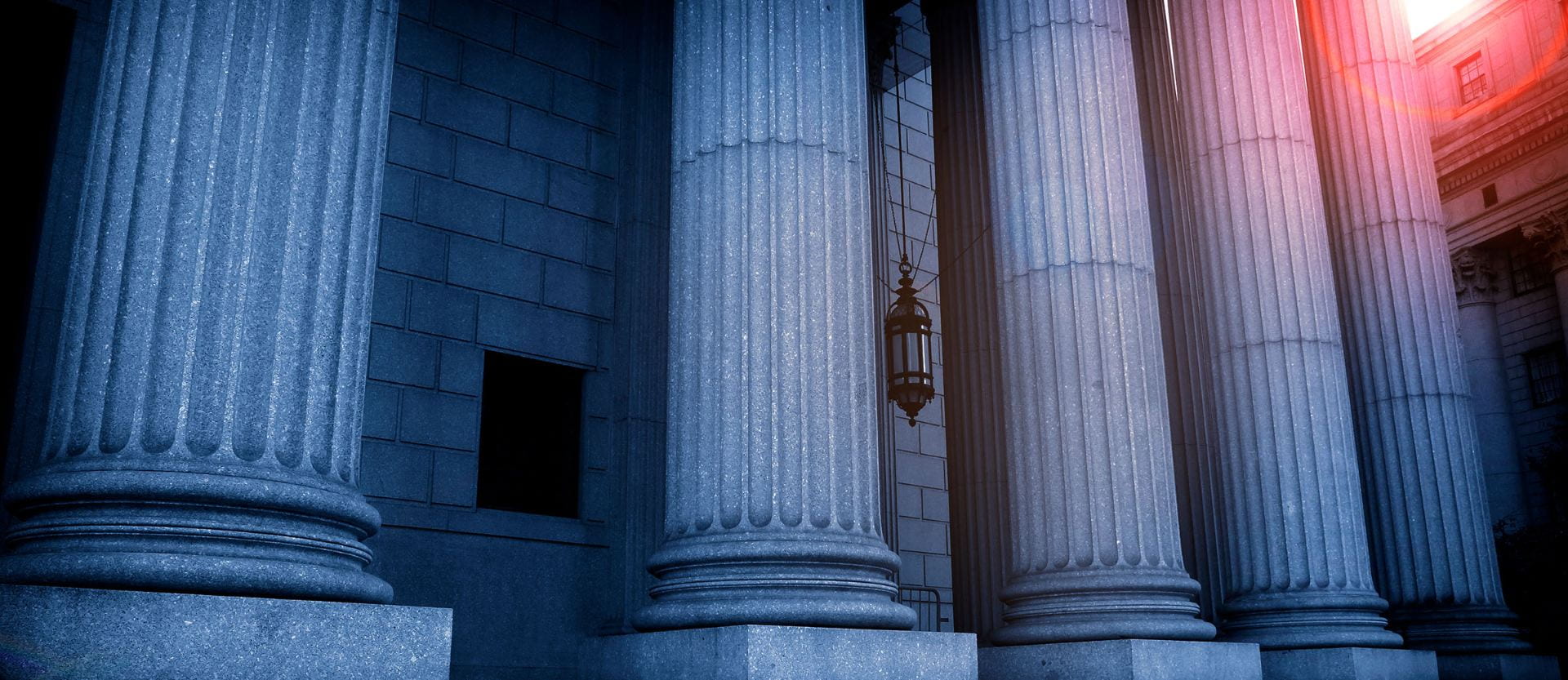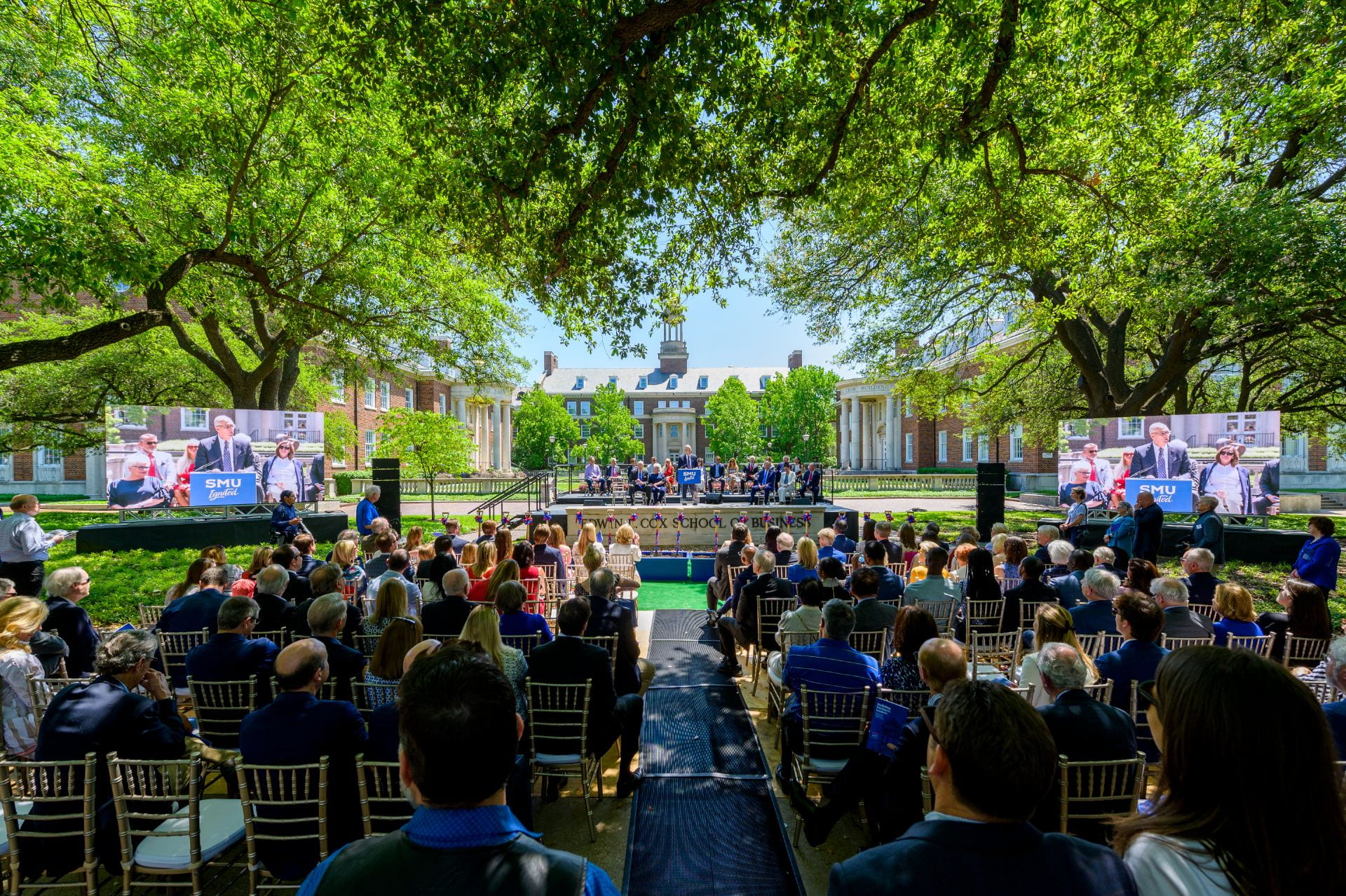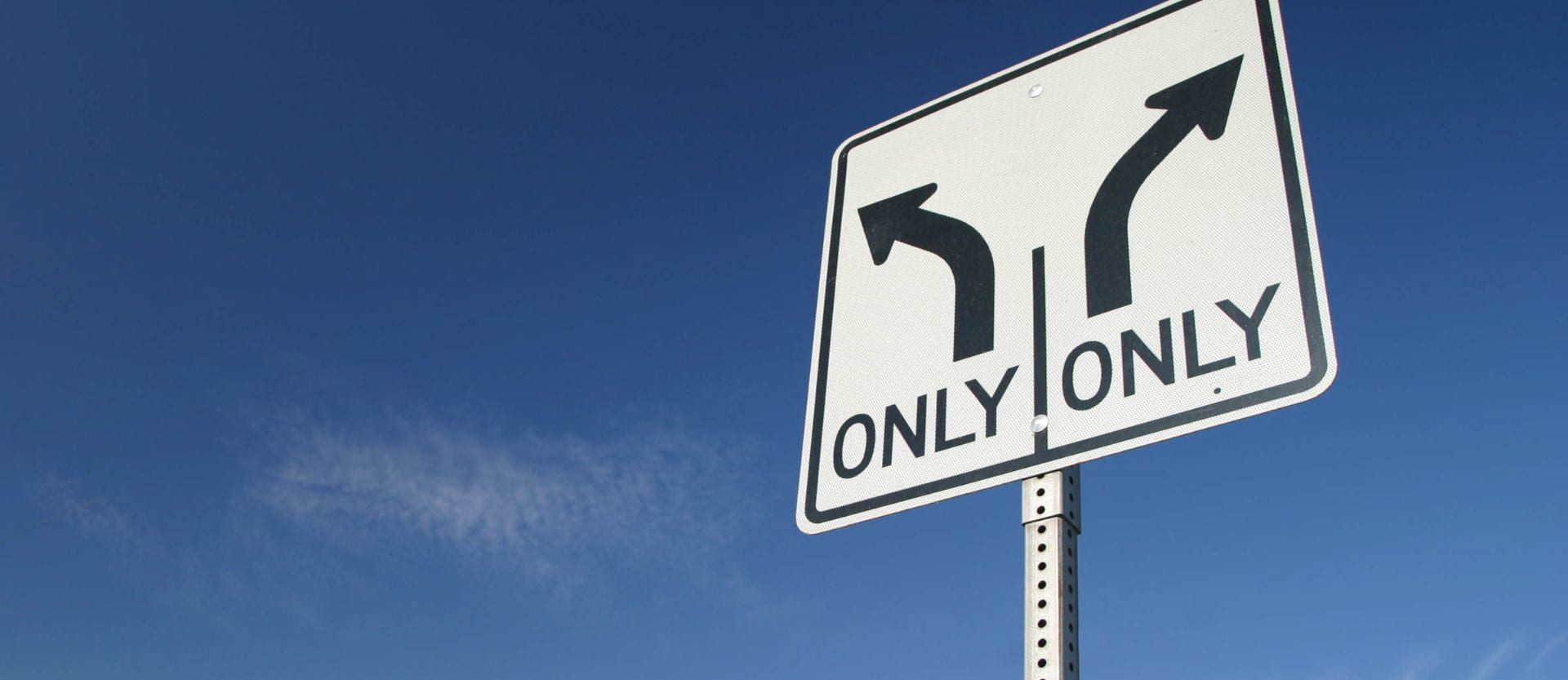The business world has changed significantly in the 30 years since Edwin “Ed” L. Cox, Sr. first established the endowment for SMU Cox to launch its Business Leadership Center (BLC). The doors opened in 1991 to teach the applied skills and practical application of leadership through ongoing seminars and programs taught by real-world executives. The BLC’s lasting impact on the School may be owed to its ability to adapt to the continually changing needs of the business world and the prospective employers who will hire Cox MBAs. With the implementation of the Cox School’s NextGen Curriculum in fall 2020, leadership became one of three foundational curriculum pillars, thus making the BLC even more high-profile in the Cox MBA program.
Students and alumni continue to give the BLC high marks. Cox alumni who have gone on to successful careers recall the impact the BLC had on their MBA experience and continues to have on their careers. Andrew Phillips, FTMBA ’15, says, “The BLC allowed me to expand my education outside of my concentration in finance and accounting to topics like negotiations, ethical leadership, team building and marketing.”
Justin Sanderson, FTMBA ’10, says, “The BLC provides the perfect environment for aligning academic education with the real- world application of many diverse business concepts. This truly unique experience adds significant value to the Cox MBA program.”
To understand how the Business Leadership Center has evolved while maintaining its relevance, it’s helpful to go back to the start. With a new focus on globalization after the 1989 collapse of the Soviet Union and the MBA program at Cox undergoing an overhaul, SMU Cox professors began researching what might help set SMU graduates apart from those of other business schools. The Cox School flew in executives from 12 corporations, including AT&T, ExxonMobil and Federal Express, known for hiring MBA graduates from top-ranked schools.
“It was pretty clear that they were missing leader-developed MBAs,” says BLC & BLI Executive Director and Adjunct Professor Paula Strasser, who has been leading the BLC since its inception. “It didn’t matter whether they were getting grads from Harvard or Vanderbilt. Those graduates had all the knowledge but minimal practical application.” The Business Leadership Center set out to change that.
Business Leadership Center Highlights
The BLC’s pilot program included about 30 students. The center was always intended to be an option for business school students — no grades are given out. The idea was to augment the knowledge students learned at Cox with experiential learning programs and seminars that would help them better prepare for the real world. Over the years, curriculum topics of interest have shifted. “When we started, communication and team building were the keywords,” Strasser says. “We’ve now grown our roster of seminars to more than 90 topics, covering everything from personal development to managerial leadership.”
The fact that SMU had a Business Leadership Center immediately garnered national attention, with publications such as Forbes writing about the BLC’s pilot program. Cox was one of the first business schools in the nation to focus on leadership training as a hallmark of the student experience. Since then, leadership instruction has become a universal part of MBA education. However, says Strasser, “I am not aware of any other business school that has implemented an all-inclusive leadership program as the Cox School offers through the BLC.”
The BLC’s unique experiential learning programs have also earned notice. The five interactive programs include Changing Your Culture with the Big 6 Leadership Principles, Creative Problem Solving, Gold of the Desert Kings (which the BLC managed to do entirely online this year) and a nonprofit program that works with organizations such as Ronald McDonald House of Dallas, Scottish Rite for Children and Prism Health North Texas. “We have so many wonderful nonprofits in the Dallas area, but they don’t always have the resources to solve business problems,” says Kate Hoedebeck, director of the Business Leadership Center. “Our students don’t just volunteer. They actually go in and create marketing plans and solve revenue- management problems.”
Hands-On Experience
Perhaps the flashiest of the five programs is the Disney Institute Program: Creating and Sustaining a Service Culture. “People come to Cox because of the Disney Institute, and we are fortunate to have a seminar where Disney comes and talks to students about creativity in leadership,” Strasser says. Each year, a select group of students travels to Orlando, Florida. “Students take these BLC seminars, then they go to Disney and see firsthand how a company is using all the things they’ve learned about and how leadership trickles down through operations and service culture.”
Past participants, like Cox alumnae Kate Johnston, FTMBA ’16, and Valerie Pizzato, MA/ MBA ’20, agree. “The Disney Institute is a remarkable program that has made a profound impact on my life post-graduation,” says Johnston. “I work for a large hospital system in Dallas. Having gone through the Disney Institute, I was able to quickly identify many areas where we could improve the patient and employee experience.”
“The Disney Institute reframed my understanding of what a successful company culture is and how to build one,” says Pizzato. “It was a spectacular opportunity to get a glimpse into Disney.”
Hoedebeck, who earned her MBA at SMU Cox, has managed the Disney Institute Program for six years. Strasser first envisioned Disney’s innovative customer-oriented leadership program as a potential BLC program element in 1998. After participating in a three-day open program on the Disney Institute campus, Strasser returned to SMU Cox intrigued by the idea. During a meeting with Edwin L. Cox, Sr., he happened to ask her what the BLC might do with some additional endowment money. “He thought the Disney Institute Program would add a valuable dimension of leadership instruction to our existing seminars and offerings. Together, we made it happen,” she says. As a thank you, students would always bring him back a gift from Disney, from socks to cuff links with little Mickey Mouse symbols on them. “Mr. Cox just loved it,” Strasser says.
Another hands-on BLC opportunity — one that is uniquely Dallas — came with the 2013 opening of the George W. Bush Presidential Center on SMU’s campus. The BLC worked, and continues to work, in conjunction with the Bush museum to have students experience “The Situation Room,” a simulation that allows participants to put themselves in the role of a U.S. president facing the stressful decision- making intricacies of a global crisis.
Education Through Immersion
Rounding out the Business Leadership Center roster are seminars led by speakers and instructors who volunteer their time to the School. Companies such as Texas Instruments, The Container Store, Accenture, 7-Eleven and others have lent their professional advice. And though the seminars have changed over the past 30 years (sometimes prompted by feedback directly from students), certain long-standing seminars continue to bring in students year after year.
Since 1991, award-winning author Randy Pennington has served as a seminar instructor with the BLC teaching Culture of Excellence, one of the top-rated seminars. “How do you create a culture where people are allowed to excel?” Hoedebeck asks. “Our students walk away really excited about that one.”
Merrie Spaeth, a sought-after speaker and the former director of media relations for Ronald Reagan’s White House, has led the Communication as a Strategic Business Tool seminar for years. “I still remember taking that seminar and how impactful it was,” Hoedebeck says, “to really think about what you say in a corporate setting.”
A Strategic Approach for the Future
The topics of interest at the Business Leadership Center have evolved over time, with classes becoming more analytical and focused on strategy. Due to the success of the BLC, a new endowment established the Business Leadership Institute for BBAs in 2006, under the guidance of then Cox School Dean Al Niemi and with further support from benefactor Edwin L. Cox, Sr. Both Niemi and Cox wanted to give BBA students the same competitive edge in the marketplace that BLC classes had given MBAs. According to Niemi, “Recruiters often commented on the poise, presence and communication skills of Cox graduates compared to graduates of other leading business schools.”
A critical constant over three decades is the practicality of all BLC courses. “Seminars and programs are 20% theory and 80% interaction, case study, simulation or team work in the classroom,” Strasser says.
“Our students learn what it’s like [in the real world] and what skills it really takes. When they’re interviewing, they know the language,” Hoedebeck says. “We are there to support our students’ education in business, so we will reflect what’s going on in the business world.”
In 1991, it would have been impossible to predict the state of the world when the Business Leadership Center reached its 30th anniversary. Looking back over three decades, Strasser is grateful to the many business professionals who have contributed to the leadership development of Cox students. The involvement of corporate executives was always part of benefactor Ed Cox’s vision for the BLC, says Strasser, and it will continue to be a vital part of how the Cox School’s BLC helps shape the business leaders of tomorrow.

